Technological Innovations
Technological advancements are playing a pivotal role in shaping the Concrete Protective Liners Market. Innovations in material science have led to the development of high-performance liners that offer superior resistance to chemicals, UV radiation, and physical wear. These advancements not only improve the effectiveness of protective liners but also expand their application across various sectors, including wastewater management and mining. The market is witnessing a shift towards smart liners equipped with sensors that monitor structural integrity and environmental conditions. This trend is expected to enhance the operational efficiency of projects, thereby propelling the growth of the Concrete Protective Liners Market.
Rising Infrastructure Development
The Concrete Protective Liners Market is experiencing a surge in demand due to the increasing investments in infrastructure development. Governments and private entities are allocating substantial budgets for the construction and rehabilitation of roads, bridges, and tunnels. This trend is expected to drive the need for protective liners that enhance durability and longevity. According to recent data, the infrastructure sector is projected to grow at a compound annual growth rate of approximately 4.5% over the next five years. As a result, the Concrete Protective Liners Market is likely to benefit from this growth, as these liners provide essential protection against environmental factors and wear, thereby extending the lifespan of infrastructure projects.
Regulatory Compliance and Standards
The Concrete Protective Liners Market is significantly influenced by regulatory compliance and standards. Governments and regulatory bodies are implementing stringent guidelines to ensure environmental protection and safety in construction and industrial operations. These regulations often mandate the use of protective liners in various applications, including landfills and containment areas. As industries strive to meet these compliance requirements, the demand for high-quality concrete protective liners is expected to rise. The market is likely to see an increase in product innovation as manufacturers develop liners that not only meet but exceed regulatory standards, thereby enhancing their competitiveness in the Concrete Protective Liners Market.
Environmental Protection Initiatives
The Concrete Protective Liners Market is increasingly influenced by environmental protection initiatives. As awareness of environmental issues rises, there is a growing emphasis on sustainable construction practices. Concrete protective liners are recognized for their ability to mitigate pollution and prevent contamination of soil and water resources. This aligns with various international agreements aimed at reducing environmental impact. The market is projected to witness a significant uptick in demand as industries seek to comply with these initiatives. Furthermore, the adoption of eco-friendly materials in the production of protective liners is likely to enhance their appeal, thereby driving growth in the Concrete Protective Liners Market.
Increased Demand from the Mining Sector
The Concrete Protective Liners Market is experiencing heightened demand from the mining sector. As mining operations expand, the need for effective containment solutions to manage waste and prevent environmental contamination becomes critical. Protective liners are essential in tailings storage facilities and heap leach pads, where they serve to protect the surrounding environment from hazardous materials. Recent estimates suggest that the mining industry is set to grow at a rate of 5% annually, which could significantly boost the Concrete Protective Liners Market. This growth is likely to be driven by the increasing focus on sustainable mining practices and regulatory compliance.


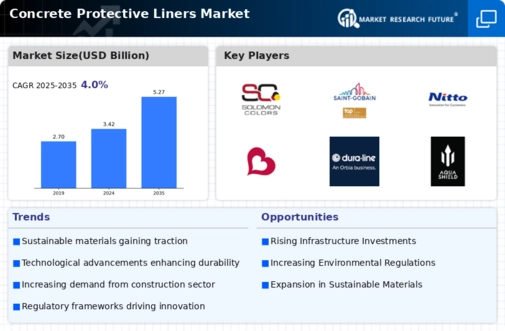
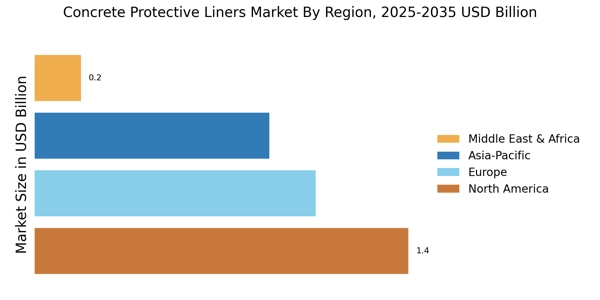

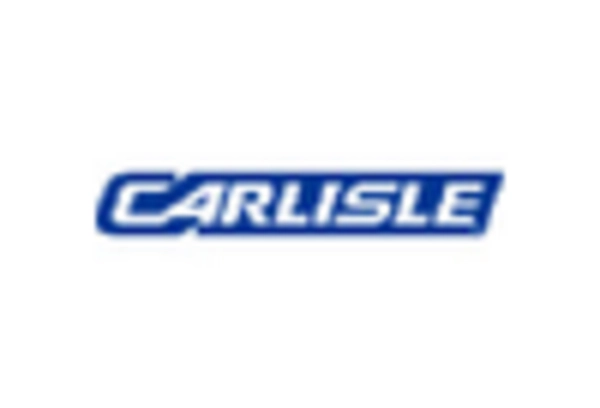
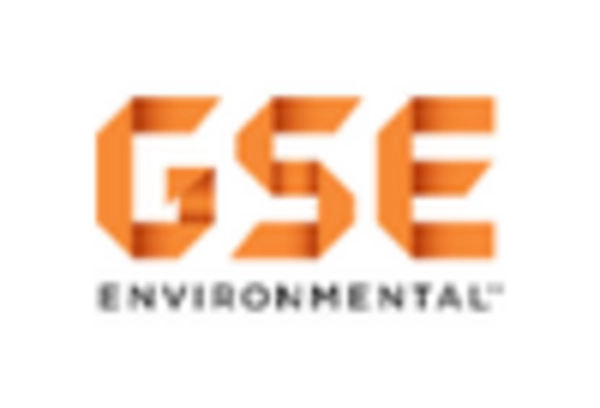
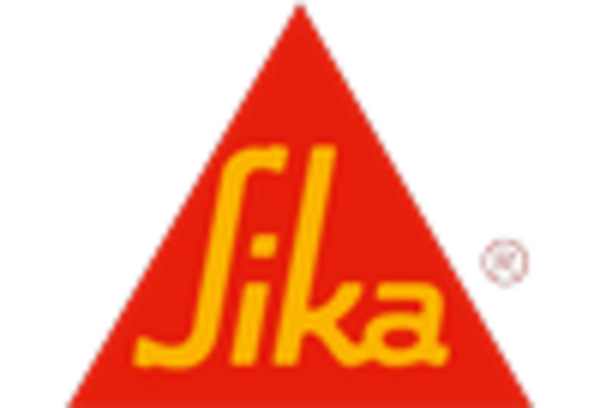
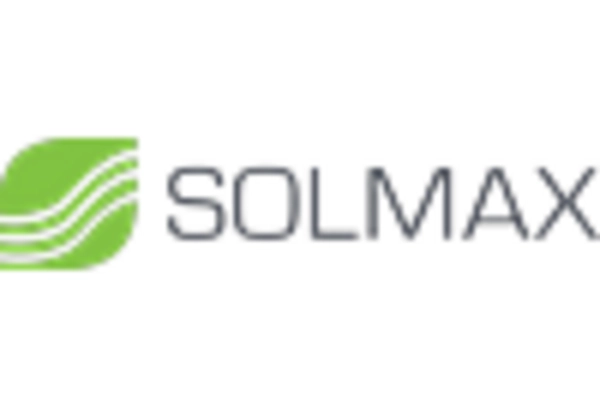
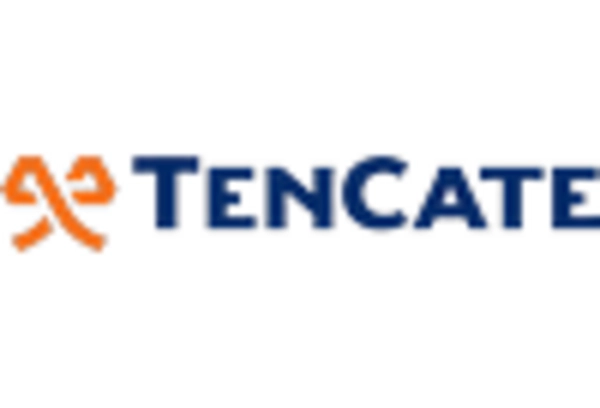








Leave a Comment